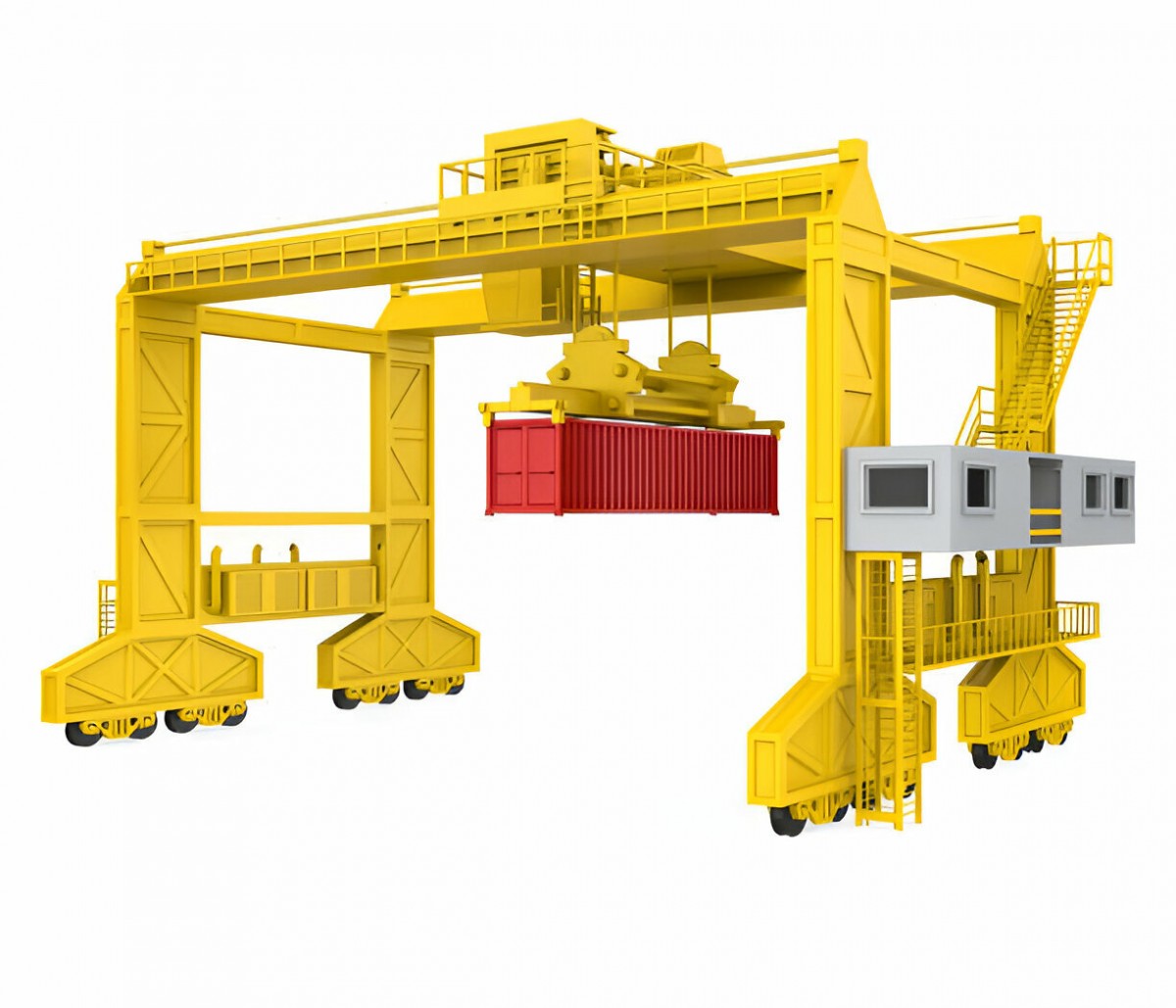Sea freight, also known as ocean freight, refers to the transportation of goods via ships across the ocean. It is one of the most commonly used methods for shipping cargo globally due to its efficiency in moving large volumes over long distances at a relatively low cost compared to other modes of transport like air freight. This guide dives into every aspect of sea freight, helping you understand the intricacies of this vital global shipping method.
Sea freight is the process of transporting goods in large quantities using cargo ships across international waters. It is particularly suitable for businesses looking to move large shipments, bulky items, or goods that are not time-sensitive. Sea freight can be used to transport a wide variety of cargo, including raw materials, machinery, electronics, consumer goods, and more.
There are different types of sea freight, depending on how the goods are transported:
- Containerized Freight: Cargo is packed into large containers.
- Bulk Freight: Goods such as grains, coal, or minerals are transported in large volumes without containers.
- Ro-Ro (Roll-On/Roll-Off): Vehicles like cars, trucks, and trailers are driven onto the ship for transportation.
- Cost Efficiency: Sea freight is generally more affordable than air or rail transport, especially for large, heavy, or bulky items.
- Capacity: A single ship can carry thousands of containers, making it suitable for large shipments.
- Global Reach: Shipping by sea is possible to nearly every corner of the globe, thanks to well-established sea routes and port facilities.
- Environmental Impact: While sea freight does emit CO2, it has a lower carbon footprint per ton of cargo transported than air freight.
- Slower Transit Times: Depending on the route, shipping by sea can take several weeks compared to air freight, which takes only a few days.
- Limited Tracking: Real-time tracking for sea freight isn’t as precise as air or road freight due to the vast distances and ocean routes.
- Weather and Port Delays: Sea freight is susceptible to delays caused by bad weather, port congestion, or customs procedures.
To fully understand sea freight, it’s important to familiarize yourself with common industry terms and concepts. Here’s a glossary of key terms:
- Bill of Lading (BOL): A legal document issued by the carrier to the shipper, outlining the type, quantity, and destination of the goods being carried. It acts as a receipt of shipment and a contract between the shipper and carrier.
- Freight Forwarder: A company or agent that organizes the movement of goods on behalf of the shipper. Freight forwarders handle all logistics, from documentation to coordination with carriers.
- Full Container Load (FCL): When a shipper uses the entire container for their goods. This method is cost-effective for large shipments.
- Less than Container Load (LCL): When multiple shippers share space in a single container. LCL is ideal for smaller shipments but can result in longer transit times due to consolidation.
- Demurrage: Fees charged when cargo is not moved out of a port or terminal within the allowed time frame.
- TEU (Twenty-foot Equivalent Unit): A standardized container size used to measure the capacity of cargo ships. One TEU is equivalent to a 20-foot container.
- Port of Loading (POL): The port where the goods are loaded onto the vessel.
- Port of Discharge (POD): The port where the goods are unloaded from the vessel.
Sea freight can handle various types of cargo, including:
- Dry Cargo: Non-perishable items such as textiles, machinery, and manufactured goods.
- Refrigerated Cargo (Reefer): Perishable goods like fruits, vegetables, and pharmaceuticals that need to be kept at specific temperatures.
- Hazardous Cargo: Goods that pose risks to health, safety, or the environment, such as chemicals or explosives. Special handling and documentation are required for hazardous cargo.
- Breakbulk Cargo: Large, heavy items that are not containerized, like machinery, vehicles, or construction equipment.
The sea freight process involves several key steps, from booking to final delivery. Here’s an outline of the typical process:
Step 1: Booking and Documentation
The shipper arranges transportation through a freight forwarder or directly with a carrier. Important documents, including the Bill of Lading, Commercial Invoice, Packing List, and any necessary customs paperwork, are prepared at this stage.
Step 2: Cargo Loading
Once documentation is in place, the cargo is packed into containers and delivered to the port. In the case of LCL shipments, the cargo is consolidated with other shippers’ goods. The container is then loaded onto the vessel at the Port of Loading (POL).
Step 3: Ocean Transit
The vessel departs from the POL and begins its journey across the ocean. Transit times vary depending on the route, the distance between the POL and the Port of Discharge (POD), and any stops along the way.
Step 4: Customs Clearance
Before cargo is allowed into the destination country, it must go through customs clearance. This involves verifying documentation and ensuring any applicable duties or taxes are paid.
Step 5: Cargo Unloading and Delivery
Once the ship arrives at the POD, the cargo is unloaded and stored in a warehouse or terminal. From there, the freight forwarder arranges for final delivery, either to the buyer’s address or another destination.
The cost of sea freight depends on several factors:
- Shipping Distance: Longer routes generally cost more.
- Container Type: FCL is charged at a flat rate for the entire container, while LCL is calculated based on the volume of goods.
- Cargo Weight and Volume: Charges are typically based on either weight (in metric tons) or volume (in cubic meters), whichever is greater.
- Surcharges: Additional fees may apply, including fuel surcharges, port handling fees, and customs duties.
- Transit Time: Faster shipping services may be more expensive.
While sea freight is more eco-friendly than air freight, it does contribute to pollution, particularly from the fuel used by large ships. Many shipping companies are adopting greener practices, such as using cleaner fuels or improving fuel efficiency through advanced ship design. Regulations like the International Maritime Organization’s (IMO) MARPOL Convention are also in place to reduce harmful emissions from ships.
Ports play a critical role in sea freight, acting as hubs for loading, unloading, and transshipment of goods. Major global ports such as Shanghai, Singapore, and Rotterdam are essential to the smooth functioning of the global supply chain. Ports are equipped with specialized equipment, like cranes and conveyor belts, to handle various types of cargo, from containers to bulk commodities.
Technology has improved the efficiency of sea freight in recent years. Innovations like digital freight platforms allow shippers to track their cargo in real-time, manage bookings online, and streamline documentation processes. The use of automated ports, blockchain for secure transactions, and AI for optimizing routes and fuel consumption are also shaping the future of sea freight.
Sea freight remains the backbone of international trade, enabling businesses to move vast quantities of goods across oceans efficiently and cost-effectively. Whether you’re shipping bulk materials or containerized goods, understanding the intricacies of sea freight, including the terminology, processes, and costs involved, is essential for optimizing your supply chain. By choosing the right partners and staying informed on best practices, sea freight can provide a reliable and sustainable solution for your business's global logistics needs.

























